We had a conversation with artisan Dang Van Hau - one of the youngest artisans working in the craft of making to he in Xuan La (Hanoi), to learn about how to preserve and develop cultural values in the era of e-commerce.
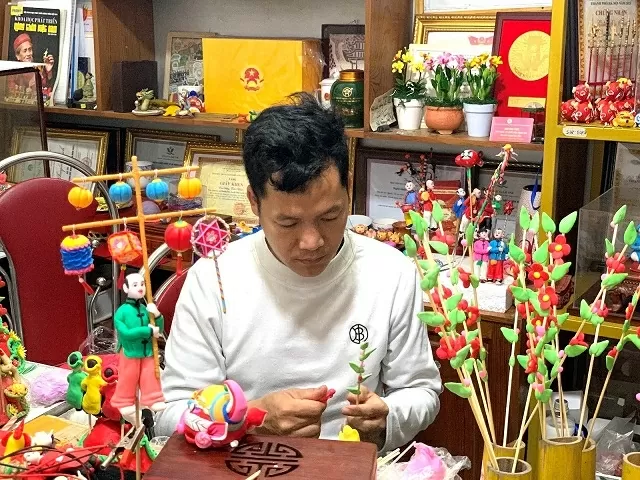 |
| Artisan Dang Van Hau meticulously crafts powdered animal products. (Photo: Bach Duong) |
| Related News |
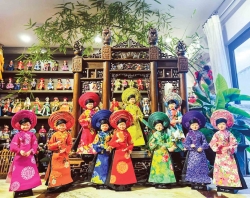 Dolls with national soul Dolls with national soul |
When mentioning to he, many people immediately think of the colorful powder figures associated with childhood. However, with the development of industrial toys, traditional to he are facing many challenges and are forced to innovate. As someone who has been involved in the profession, can you share about these changes?
Powder figurines (also known as to he) have changed compared to the past. In the early days, people often made to he from rice flour at home and then brought them to festivals to sell. The process was quite elaborate, from pounding the flour, sifting it, cooking it until it was colored, and molding it into shape.
Around the 1950s of the last century, Mr. Vu Van Sai (1915-1992) learned a new way of molding and brought it back to the village. After 1960, he had the initiative to replace rice flour with sticky rice flour, and went directly to festivals to make and sell according to customers' requests.
However, since 2007, Decree 39 has been issued, prohibiting street vending in historical sites and scenic spots. On the other hand, many foreign toys have flooded into Vietnam, directly competing with to he.
At that time, the artisans who made clay figurines faced challenges that seemed insurmountable. However, the consolation was that Vietnamese children still loved this toy.
Nowadays, to he are increasingly sophisticated, diverse in design and more durable, not only as folk toys but also as gifts and souvenirs.
Tò he is not only a traditional toy but also carries a cultural mission, becoming a bridge of exchange between Vietnam and other countries. Typically, during his visit to Brazil in November 2024, Prime Minister Pham Minh Chinh gave Tò he to international friends.
 |
| Powdered animal products shaped like Vietnamese folk characters. (Photo: Bach Duong) |
The downside of to he compared to other modern toys is its short shelf life. However, have you found a new powder that can help to he last for many years?
Previously, due to the short shelf life, tourists to Hanoi had difficulty buying to he as gifts, which greatly affected the product's consumption. It was by chance that I discovered a way to prevent the powder from getting moldy in 2012.
At that time, I forgot a cake in the refrigerator and realized that after half a month, the cake was still not moldy. From there, I started to learn about additives in the food industry and gradually found a way to help prevent mold in flour, prolonging its shelf life.
Thanks to this improvement, some products from 2019 still retain their beauty even though they are displayed at many festivals. In addition, we also improve the design, making the products more sophisticated and diverse.
Previously, a sophisticated product like Tam Su, Ngu Ho Than Quan or Luc Suc took two days to complete, but after only 3-4 days the dough was spoiled, causing a waste of effort. When the quality is improved, the value of the product also increases, contributing to the sustainable development of the craft village.
Although the new powder formula helps the figurines last longer, many people believe that figurines must “live” in the moment. What do you think about this point of view?
That view is also reasonable, but if not improved, the traditional craft is very easy to be lost. As I shared, in the past, the process of making powdered animals was similar to making cakes, so the product could only be preserved for a maximum of two days.
In the past, during festivals, to he sold very well, but artisans could not make them in advance to stock up, making their income unstable and their job only seasonal. After the festival season ended, they were forced to switch to other jobs to make a living. When they found a stable job with a higher income, many people did not return to making to he.
In fact, improving materials is helping to maintain the craft village. On days when there are no festivals, artisans can still work at home, sell online and deliver to customers. If we keep the old concept without innovation, traditional crafts will have difficulty surviving in the long term.
So how did the online toy business come to you?
During the period 2007-2010, the ban on street vending made it difficult for most artisans, because wherever they went, they were banned from trading.
In that context, to maintain the profession, the people who make the figurines had to find a new direction. At that time, I was one of the first people in the village to buy a computer to support my work.
At that time, very few people in the village used computers, only internet cafes, teachers or company employees had access to this technology. However, thanks to the computer, I was able to create a fanpage, create a website to introduce products, improve designs and connect with private tourist areas.
From there, I developed an experience model and workshop at schools, helping students learn about the craft of making to he, and at the same time organizing activities to guide tourists to both visit and make to he themselves.
Computers also help me easily look up information, search for festivals and register to participate. Thanks to these innovations, the toy making profession not only exists but also develops and expands as it is today.
You have brought to he into many workshops combined with tourism and cultural events to reach many audiences, especially students and foreign tourists?
I focus on students, students and foreign tourists because these are the groups that are especially interested in to he, contributing to the survival and development of this profession. In fact, although many traditional craft villages have disappeared, through practical experiences, I realize that to he still has a strong attraction.
Previously, when I worked as a collaborator for the Center for Research and Support for the Disabled, I had the opportunity to go to remote areas to guide students to experience the toy figurines. The students were so excited that they lined up outside the classroom door, waiting for their turn to enter the classroom, and even at noon, many of them were still waiting.
Not long after, I returned to Hanoi and attended a Mid-Autumn Festival event in a high-end urban area. Surprisingly, there, children were also eagerly lining up to make figurines. I still remember a parent who asked me to save some dough to make figurines for his sick child who could not come down to participate.
For foreign tourists, to he is not only a traditional toy but also a cultural bridge. Making to he by themselves helps them experience traditional handicrafts and at the same time understand more about the creativity and ingenuity of Vietnamese people.
To he products can become unique souvenirs, carrying stories about Vietnamese culture to many countries around the world.
 |
| Artisan Dang Van Hau at the workshop to experience making to he figurines. (Photo: NVCC) |
So in the future, what plans do you have to continue developing traditional crafts?
I always want the craft of making to he to not only be maintained but also to develop more strongly. Therefore, I am aiming for two main things: restoring the ancient species and teaching the craft to the younger generation.
Firstly , I am looking for ways to restore the traditional powder figurines that have been lost. In the past, Hanoi had many places making to he with very typical designs, such as Dong Xuan Street, Hang Buom Street... but over time, these designs have almost disappeared.
Besides, I aim to create designs that are more applicable to life. Typically, applying to education, children can both learn and play with to he, such as shaping letters and numbers to learn English, or creating animal shapes to learn about nature. I believe that when to he is attached to reality, it will have a chance to develop more sustainably.
Second , I aim to pass on the craft to the younger generation. Every year, I open free classes to teach children in the village, especially from grade 7 and 8 onwards. The children learn how to make figurines and understand traditional culture.
In the future, I will try to open more classes not only in the village but also in a wider area. I hope that from these classes, there will be many young people who love and continue the profession, helping to not only preserve the identity but also develop in the new generation's own way.
Source: https://baoquocte.vn/nghe-nhan-to-he-ke-chuyen-giu-nghe-giua-thoi-dai-so-308649.html









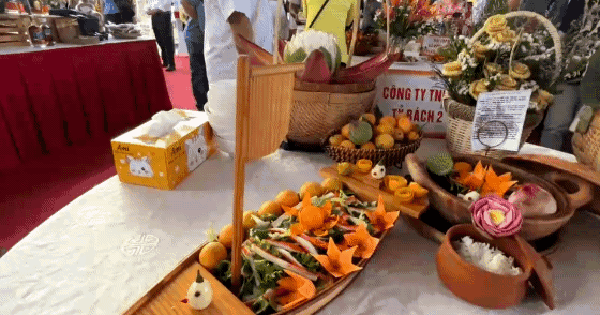

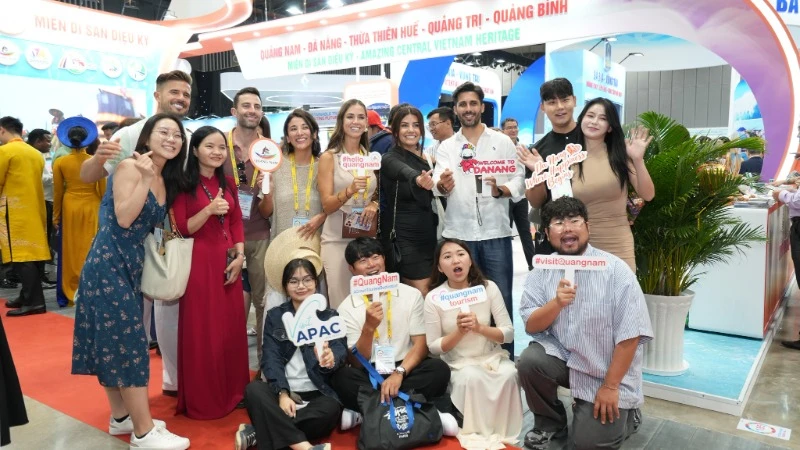
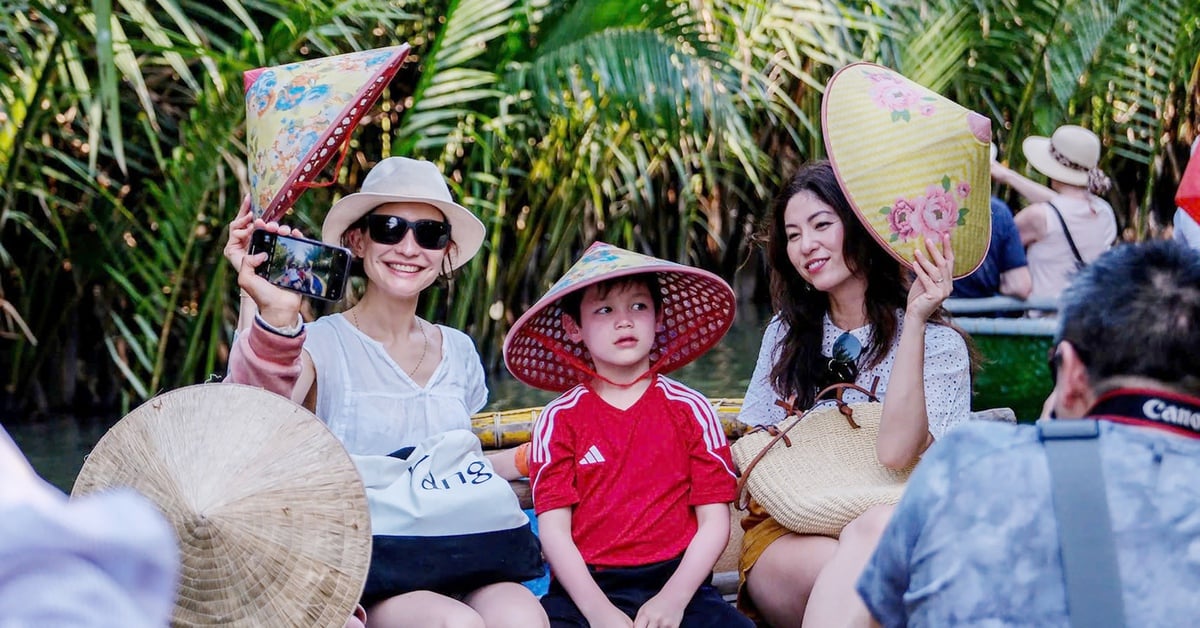




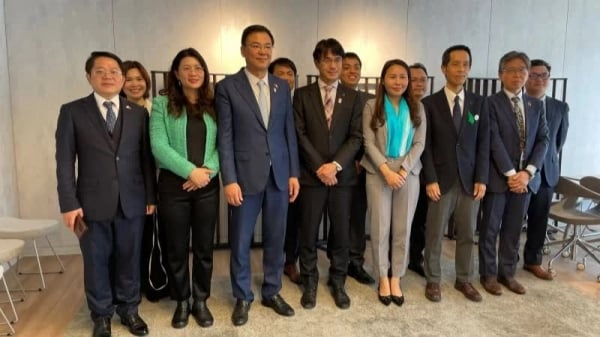





![[Photo] "Beauties" participate in the parade rehearsal at Bien Hoa airport](https://vstatic.vietnam.vn/vietnam/resource/IMAGE/2025/4/11/155502af3384431e918de0e2e585d13a)





























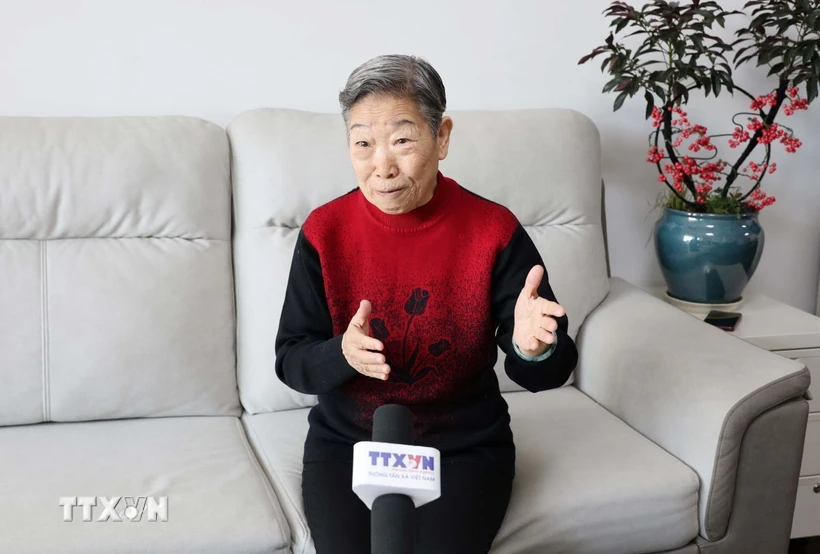













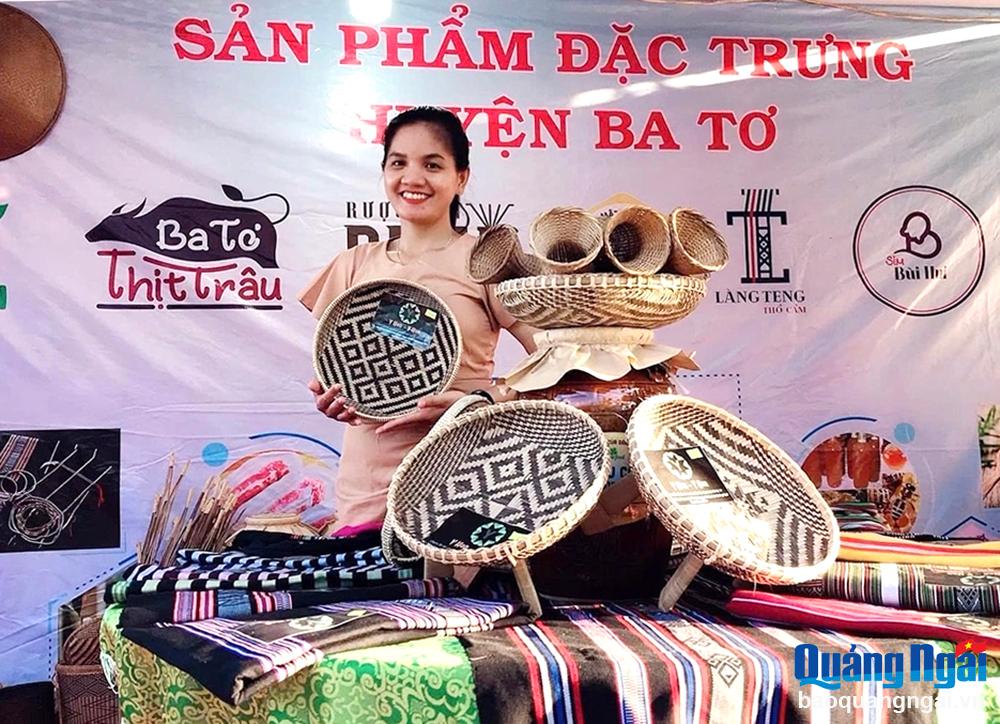




















Comment (0)